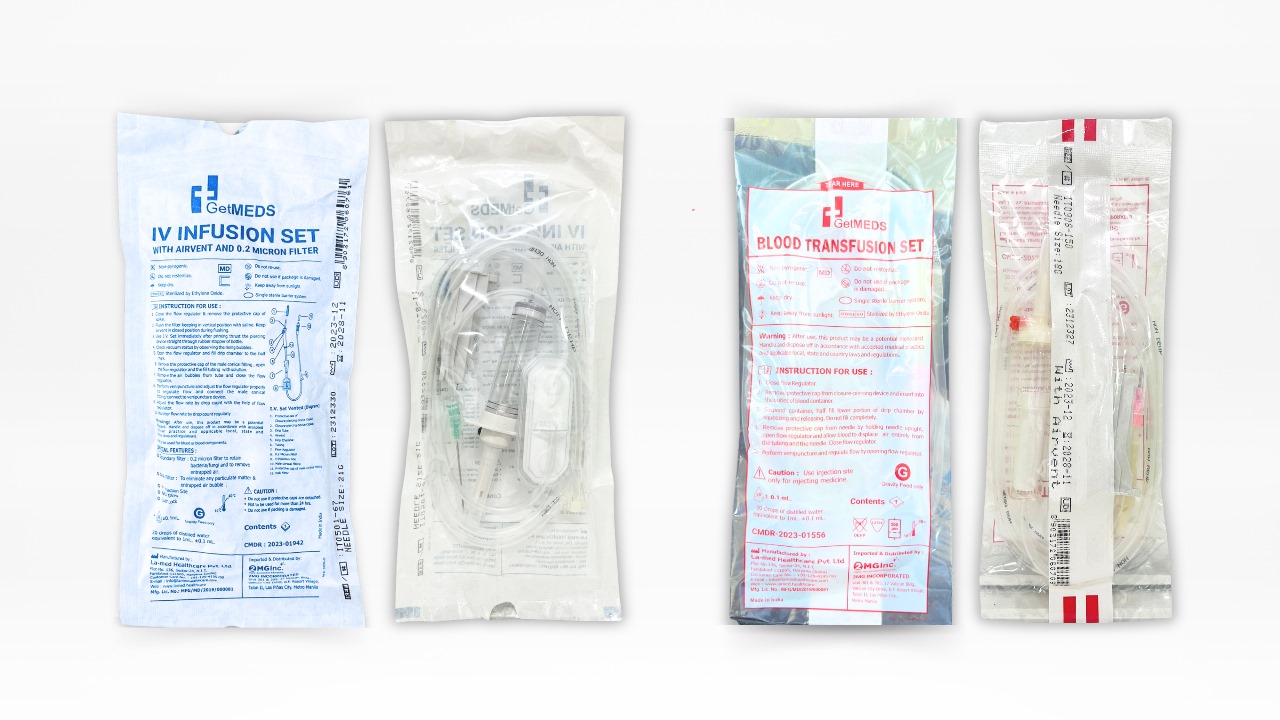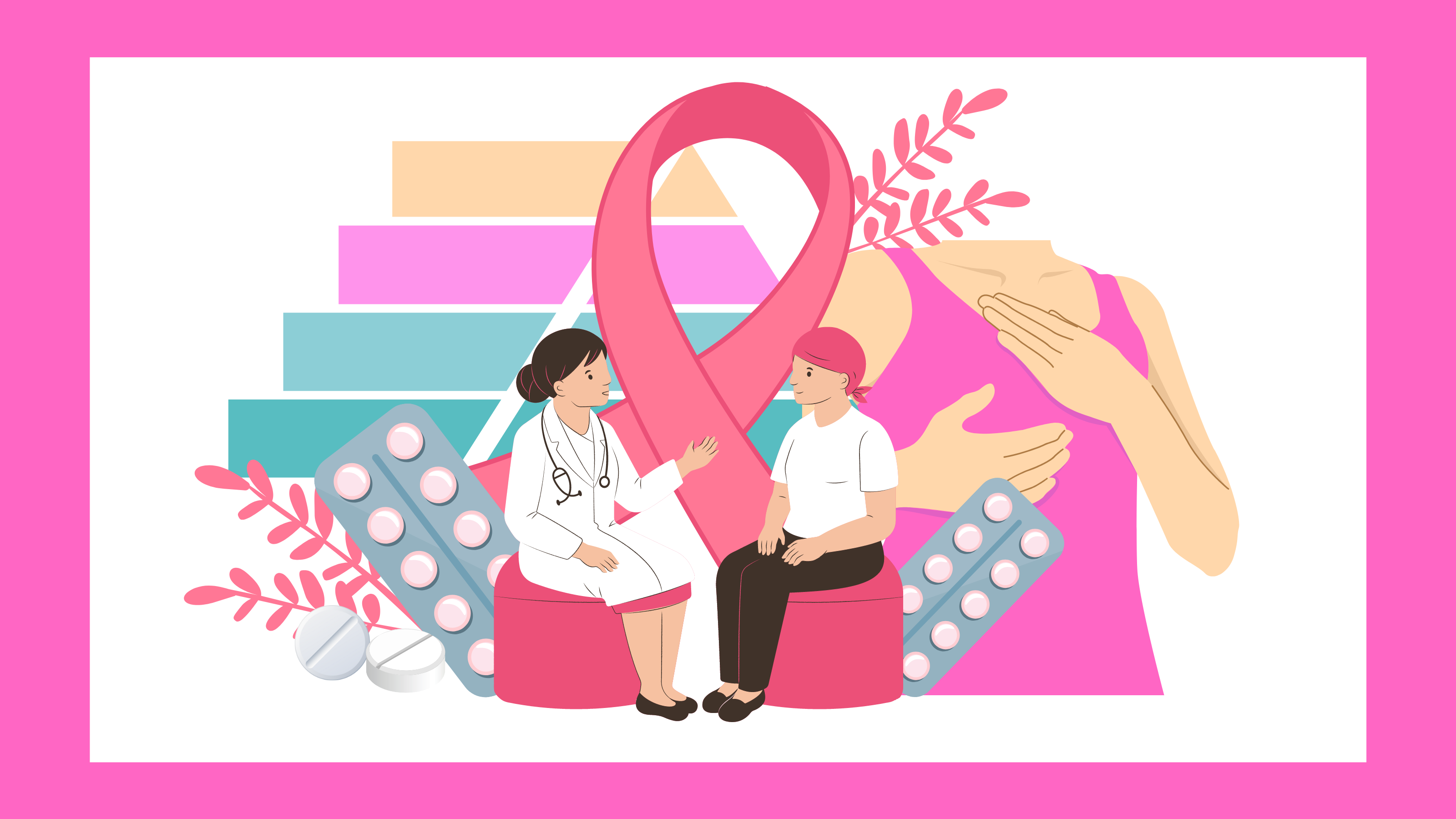Table of Contents
What is Colon Cancer?
Colon cancer can be best described as one specific cancer that develops in the large human intestine (colon). In our digestive system or tract, the colon remains the final part. Colon cancer cases are found more in older adults, although exception cases, can be seen at any age.
- Colorectal or Colon cancer is one form of a malignant tumour developing on the large intestine inner wall.
- It usually starts as small and noncancerous clumps of cells. It is known as polyps and develops inside of the colon.
- The majority of colon cancers develop from polyps. Doctors recommend the removal of the colon polyps to restrict the spreading of colorectal cancer.
Types of Colon Cancer
The majority of the patients diagnosed with colon cancer are found to have adenocarcinoma. There are other types of tumours which are rare to find, which are also colon cancer and need to be treated differently compared to adenocarcinoma.
- Adenocarcinoma: The common form of colon cancer is known as adenocarcinoma. It is the cancer of the cells which line up the surface inside of the colon.
- Carcinoid Tumors: Carcinoid tumours develop in hormone-production cells located in the intestines.
- Lymphoma: Lymphoma is known as cancer, which affects the immune system. In general, it starts in the lymph nodes, and it can also start in the colon.
- Gastrointestinal Stromal Tumors: Gastrointestinal stromal tumours, can be best described as one form of soft tissue sarcoma. You can find it developing anywhere inside the gastrointestinal tract. Very rarely you can find it, developing in the colon.
Read Also: Treatments for colon cancer and prospective costs
Causes of Colon Cancer:
Cancer specialists are still not sure about the exact causes of colon cancer. Well, colon cancer starts when the healthy cells present in the colon starts showing changes (mutations) in the DNA. The DNA of any cell does have a specific set of instructions that guides a cell about its role.
All healthy cells grow as per DNA guidelines and divide in a systematic way to support the body in normal functioning. The moment the cell’s DNA gets damaged and turns cancerous, cells keep dividing continuously — even when there is no need for new cells to develop. When the extra cells accumulate, it turns into a tumour.
When the situation remains unnoticed and the cancer cells start growing and keep destroying the normal tissue medical world call it cancer. These cancerous cells can travel and reach other sections of the body to accumulate deposits known as metastasis.
Stages of Colon Cancer & its symptoms:
There are various stages of colon cancer, and early it gets detected treatment, and recovery becomes easy for the patient.
Stage 0: This stage is known as carcinoma in situ. If at this point, the problem gets detected, chances of recovery are more. In this stage, it is in the early state and not grown further crossing the inner colon layer, and will be easy to treat for the doctors.
Stage 1: In this stage, cancer has grown and reached the next level of tissue. Still, it has not arrived at the lymph nodes or other organs of the body. In this stage, it moved from the mucosa layer to the submucosa layer. Symptoms of colon cancer stage 1 can be constipation, diarrhea, narrow stools, bloating gas, and cramping are to name a few. But many of us ignore this as a normal stomach problem. In case you notice such symptoms at regular intervals, go for a medical check-up.
Stage 2: Stage 2 is turning into a critical stage of colon cancer. Cancer at stage 2 moved ahead to reach the colon outer layers. There are three sub-stages under Stage 2 of colon cancer.
- 2A stage. In this stage, cancer is not spread up, to the lymph nodes. It arrived till the outer layers of the colon. Still, it is not completely grown.
- 2B stage. In this cancer stage, spreading still has not reached up to the lymph nodes, but yes, it completely grew via the colon outer layer of the colon and the visceral peritoneum. It is the membrane that binds the abdominal organs to keep in place.
- 2C stage. Cancer is still not detected in the nearby lymph nodes in stage 2C, but apart from growing via the outer colon layer, it developed in the nearby organs.
One of the key signs of colon cancer is unexplained weight loss, which you may start noticing in stage 2.
Stage 3: Stage 3 indicates the critical stage of colon cancer. Cancer is now fully grown and passed through the outer layers of the colon. It finally arrived in one to three lymph nodes. Distant regions are still unaffected now. Stage 3 also has three sub-stages.
- 3A stage. The tumour developed through the colon’s muscular layers and reached the lymph nodes nearby. Spreading still has not happened to distant nodes.
- 3B stage. The tumour developed through the colon’s outermost layers and penetrates via visceral peritoneum. It attacks other organs, and the same can get detected in one to three lymph nodes. It may be the case that it’s detected in 4 or more lymph nodes located nearby.
- 3C stage. At stage 3C, cancer has grown and moved out of the muscular layers, and cancer gets detected in four or more lymph nodes located nearby, but distant sites still unaffected.
One of the major symptoms of stage 3 colon cancer is an increase in fatigue without any reason. An unexplained weight loss in a short period can be another symptom at this stage. Rectal bleeding and Dark stools, or blood in the stools are also visible in patients at stage 3 of colon cancer.
Stage 4: The cancer is now at the extreme stage and attacked other tissues crossing the wall of the colon. With the arrival at stage 4, colon cancer starts invading the other parts of the body. Stage 4 is having 2 two sub-stages.
- 4A stage. Well, in this stage, cancer spread vastly and attacked one distant site, for example, the lungs or liver.
- 4B stage. It is the advanced stage for colon cancer, and chances of recovery are less from this stage. This stage indicates cancer invaded two or more distant sections, like both the lungs and the liver.
One of the clear symptoms of stage 4 colon cancer is a continual need to defecate even after passing stools. Other than this, irritable bowel syndrome, fast and unexplained loss in weight, regular blood with stool, iron deficiency, changes in the consistency of stool, bloating, cramping, and severe fatigue are other key symptoms.
How to detect if colon cancer treatment is successful?
A carcinoembryonic antigen (CEA) test is one of the blood tests that help in diagnosing & managing specific types of cancers. This CEA test is popular for detecting cancer in the large intestine and rectum. Doctors also use it to understand the result of cancer treatment.
The CEA at the normal range is <2.5 ng/ml for an adult non-smoker and <5.0 ng/ml for a smoker. The most common cancers which elevate CEA, are colon cancer and rectum cancer. A study on colon cancer CEA level prognosis suggests that level above 20 ng/mL is at the higher end.
With symptoms of cancer, if the patient has a high CEA level, it indicates cancer removal treatment was not successful. It can also be a signal that cancer has spread to other sections of the patient’s body

 Login/Register
Login/Register











Be the first to comment on "Colon Cancer – A Brief Information about the Signs and Symptoms"